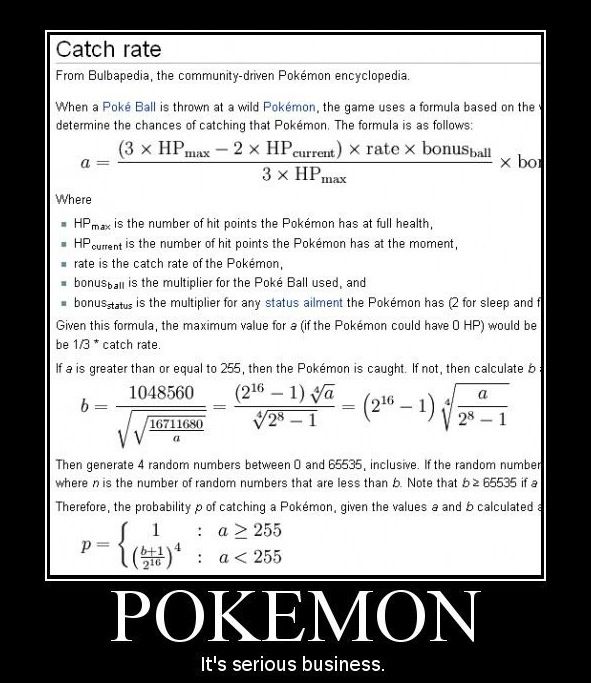The Sacrament of the Last Supper – Salvador Dali
I’ve never seen this Dali painting before! Crazy. It’s like hearing a hit song by one of your favorite bands, that you somehow missed over the years.
The golden ratio abounds in this painting. It’s in the table, the pentagonal windows, the bodies of the disciples. It’s everywhere in the painting.
Great fusion of art and math if I ever saw one.
Astronomical
What a tremendous waste of paper…cool idea though, and beautifully executed. Recycle?
Tool’s Into Math
Or at least their music would seem to suggest as such…
Here’s a link to an article about how the Fibonacci sequence figures prominently in the album Lateralus, by Tool.
http://www.upvenue.com/music-news/blog-headline/1142/fibonacci-in-tool-s-lateralus.html
This is definitely one my favorite albums of all time. Tool made so many leaps on Lateralus. It was if they had matured ten years in one.
Lateralus was the album that I learned to count rhythm to. I remember being obsessed with hearing what time signature they were using at different points in the arrangements.
It does not surprise me to find that Lateralus is full of mathematical patterns. Apparently, the Fibonacci sequence plays a major, thematic role in Lateralus. I’m glad that the Fibonacci sequence is highlighted.
Manneristic music usually sounds halting; atonal; restricted; confined; So I credit Tool with their choice of which mathematical mystery to embrace. The Fibonacci sequence sounds so natural, and flowing. Sounds hippy, but it’s true.
Smokestack Lightnin’ – by Howlin’ Wolf
This is just a sketch, but I’d eventually like a band accompaniment. I’m thinking about The “T.C. Burnett Blues Band” as a name. It would be a shout out to an ex’s grandfather, with whom I really connected, and to Chester Arthur Burnett (aka Howlin’ Wolf). The “T.C.” part would be in dedication to the blues club off E. 12th in Austin, TX. It was the only place to see good blues in Austin for about 5 years there. The last time I went, a different band was playing and it just wasn’t the same. Now I don’t know if there’s anywhere in Austin that you can catch legit blues. Maybe there is…
What is four notes then?
Four notes is also a chord.
The addition of a fourth note just changes the value of the chord, and introduces the need for more accurate taxonomy. It adds complexity.
We’ve talked about how chord tones can be distinguished from one another within the chord by denoting them with the number corresponding to their scale degree. Most of the chord tones we’ll be discussing will be separated from one another by either a major or minor third.
Tip:
To help quickly determine whether a third is major or minor, ask yourself whether there is a half-step within the intervals between the notes.
For instance, is the interval of A to C a major or minor third?
In other words, if A and C are sounding at once, what interval is sounding?
Well we know it’s a third because of the letters involved. C is two note names away from A.
A – B – C
1 – 2 – 3
Now there is a natural half-step from B to C and from E to F. The reason for this is to create leading tones that enable music to have tension and resolution. It also has to do with the harmonic series and how we as humans hear logarithmically, which I cover a little more thoroughly in “A Single Note.” It’s my first blog entry on this site.
The rule about B-C and E-F being half-steps is one that I normally just ask my students to memorize and accept. And that’s the ONLY thing absolutely requires memorizing in music theory. Much like math, another descriptive construct, most anything can be derived or described as long as you have a few key tenets that have been memorized.
I still absolutely recommend that students memorize other things, but the E-F and B-C situation is the only one that’s required.
The reason that I don’t usually explain why there’s a half-step between E-F and B-C, and not a whole-step like all the other natural seconds between the other letters, is that it’s a very complicated topic.
Some people, myself included, are very unhappy about having to simply accept tenets of any system. I want the roots of the tenets explained to my satisfaction, and their purpose clearly defined. However, in this case it’s so much easier to simply memorize a single, integral fact and build one’s knowledge upon it than to try to swallow the entire breadth of the subject at once just to first explain the fact.
So please just memorize that there is a half-step between B & C and E & F; where there is a whole step between A & B, C & D, F & G, and G & A.
If we were to examine the interval above (A to C) with our new found knowledge of the natural seconds we’d find that A to B is a whole-step, but that B to C is a half-step. We’re examining stacked seconds, within the interval of the third we’re tyring to define as major or minor. We’re looking at the constituents of the third in question. From our previous lesson, we (should) know that a major-third is equal to four half-steps. If there are two half-steps in every whole-step, then can we not say that a major-third is also equal to two whole-steps?
Yes.
A minor-third is made up of a half-step and a whole-step stacked, or three half-steps. A major-third is comprised of two whole-steps stacked, or four half-steps. Since we know that A to B is a major-second, a whole-step, and that B to C is a half-step, a minor second, we can determine that A to C is a minor-third since there is a half-step involved.
A sharp, denoted “#,” raises a note a half-step. A flat, denoted “♭,” lowers a note by one half-step. The sharp and the flat are opposite affects.
If we wanted to turn our minor third (A to C) into a major third, we would need to widen the interval by one half-step. We can do this two ways. We could lower the bottom note (A) to A♭, or we could raise the top note of the interval by a half-step. Raising the top note of the interval (C) a half-step would result in a C#.
A to C# is a major-third.
A♭ to C is also a major-third.
In the context of chords it becomes important to quickly determine whether a third is major or minor. This is due to the fact that the most common chords are built chiefly of stacked thirds. So to discern quickly what type of chord the thirds are creating, when stacked, their relationship to one another must be well understood.
We’ve already explored all the possibilites for two stacked thirds, major and minor, in “Three Notes Is A Chord.” So what happens if you add another third on top of the two already there.
That exploration resulted in four chord-triad types. These involve three notes, and the spaces between those notes which are the two stacked third intervals.
They are…
diminished
minor
major
augmented
There are a few synonymous ways to denote these specific triads.
It’s common to talk about chord as in tones in terms of their scale degree, in relation to the tonic. And common to use these symbols for the triads, when written.
diminished = 1, ♭3, ♭5 = ◦ ,as in D◦ for example
minor = 1, ♭3, 5 = – (minus sign), as in D-
major = 1, 3, 5 = ▵ for “triad,” the most common of which being major
augmented = 1, 3, #5 = + (plus sign)
If it were me, I would have made ◦ stand for minor, and “-” stand for diminished. Otherwise, it should be that the plus sign stands for major, while the ▵ stands for augmented. I almost even like that better.
Oh well, wishful thinking on my part. The precedents are such that C- specifically means “minor triad, with C as it’s tonic.” A minor triad built off of C.
E+ means strictly “E augmented triad.”
But isn’t there life beyond triads!?
Yes, my friend, there is such a life.
We’ve talked about chord tones being denoted by their scale degree from the tonic. 1, #/♭3, #/♭5, etc.
But what if we added another third on top of the 5…a 7. Now we have a whole new dimension to play with.
Now we can talk about triads as foundations with sevenths, and distinguish between them by whether they have a natural 7 or a ♭7.
For instance, a major triad with a ♭7 (a minor third away from the 5), is referred to as a dominant seven chord. The reason for the word “dominant” is a topic for another blog. It would be written “G7,” to choose an arbitrary tonic (G).
A minor triad with a minor-third on top is called a “minor seven chord.” It would be written “G-7.”
A minor triad with a major-third interval on top is called a “minor major-seven chord.” It would be written “G-▵7.”
A major triad with a minor-third on top is called what we already went over a few paragraphs ago. It’s called a “seven chord.” As in, “G7.”
A major triad with a major-third on top is called a “major seven chord.”
A diminished triad with major third on top is called a half-diminished seven chord, since “fully diminished seven” is reserved for a diminished triad with a minor third stacked on top.
I know I was supposed to go into scales in this post, but it turned out a little longer than I thought. So they’ll have to wait to till next time!
Read more at hobbylocal.com.


